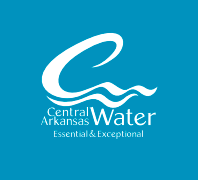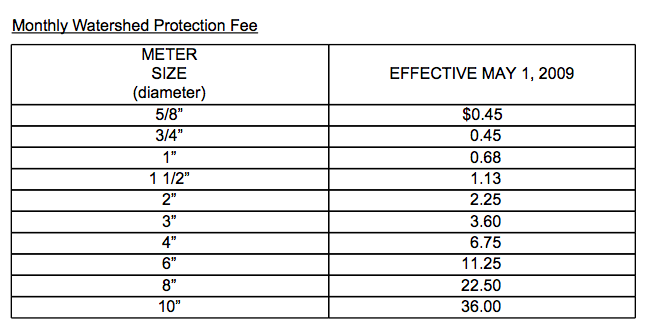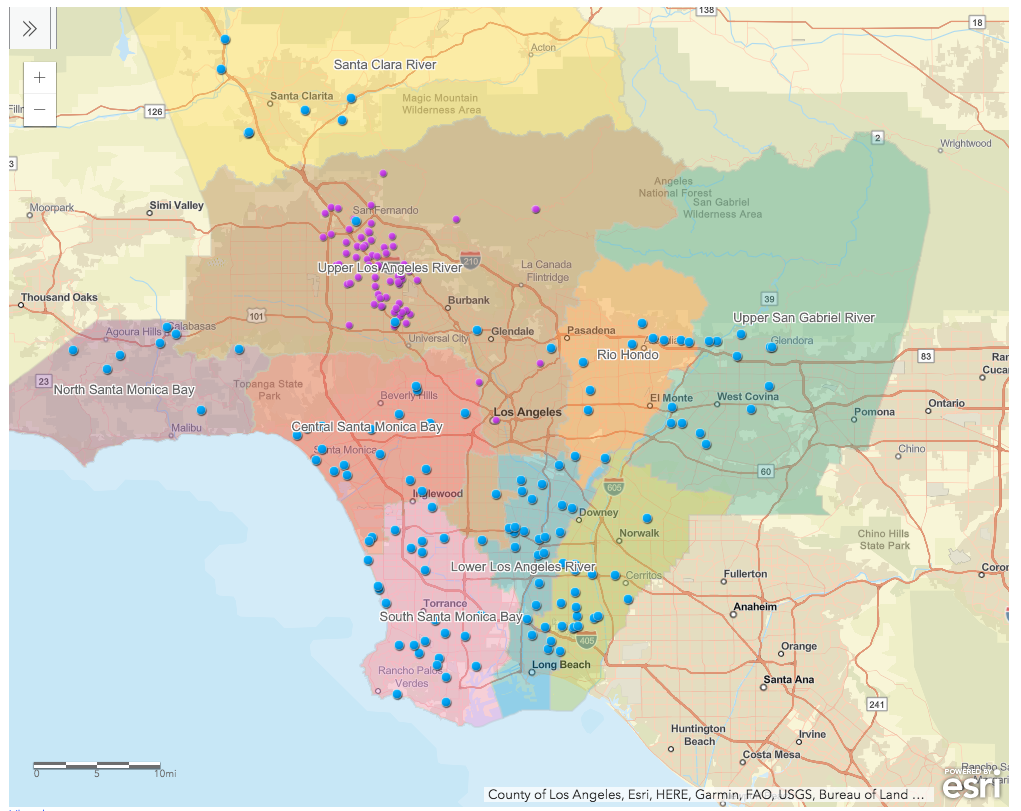California Drinking Water State Revolving Fund
 California Drinking Water State Revolving Fund Intended Use Plan
California Drinking Water State Revolving Fund Intended Use Plan
The 1996 amendments to the federal Safe Drinking Water Act (SDWA) established the national Safe Drinking Water State Revolving Fund (DWSRF) program to finance infrastructure improvements necessary to mitigate drinking water risks to human health. Through capitalization from the United States Environmental Protection Agency (U.S. EPA) as well as state and revolving fund sources, California’s DWSRF provides financial assistance to public water systems (PWSs) for drinking water infrastructure improvements in the form of low-interest financing, additional subsidy (e.g. principal forgiveness), and other technical assistance. In accordance with federal rules, DWSRF funding is generally prioritized to projects that (1) address the most serious risk to human health, (2) are necessary to ensure compliance with the requirements of the SDWA, and (3) assist PWSs most in need on a per household basis. DWSRF funding is also managed to ensure the timely and expeditious use of DWSRF funds as well as guarantee the perpetuity of the DWSRF for future generations.
This State Fiscal Year (SFY) 2018-19 DWSRF IUP serves as part of the State Water Board’s application for the 2018 Capitalization Grant from the U.S. EPA as well as the guidelines for the State Water Board’s administration of Prop 1 Drinking Water funds. In summary, this IUP establishes the State Water Board’s business plan for the DWSRF program for SFY 2018-19 and discusses the State Water Board’s general approach and ability to successfully carry out that business plan with the available financial and programmatic resources. It also describes how the State Water Board will operate the DWSRF program in conjunction with other funding sources, such as Prop 1 Drinking Water, or sources of funding outside the State Water Board, that may be used to jointly finance projects.
Click the link below to download a copy of the IUP today.
Environmental Impact Bonds: How do they work?
Environmental Impact Bonds: How do they work?
Environmental impact bonds (EIB) are an innovative financing tool that leverages private investment to support high-impact environmental programs. EIBs use an outcomes-based financing approach where private investors provide upfront capital for environmental projects and the beneficiary—either a public entity or a private institution that benefits from the project—repays the investors based on the achievement of the agreed-upon project outcomes.
Watch a video with Quantified Ventures' Eric Letsinger explain how EIBs work and provide examples of existing EIBs in Washington, D.C. and Atlanta Georgia.
DC Water: Green Bond
 DC Water: Green Bond Case Study
DC Water: Green Bond Case Study
District of Columbia Water and Sewer Authority, also known as DC Water, provides clean drinking water and wastewater treatment to the District of Columbia, and serves Montgomery, Maryland and Virginia as well. In 2014, DC Water issued a $350 million green bond to support the utility's Clean Rivers Project.
Click the link below to download the Climate Bond Initiative case study.
SFPUC Issues World’s First ‘Climate Certified’ Water Bond
 San Francisco Public Utilities Commission (SFPUC) Issues World’s First ‘Climate Certified’ Water Bond: A $240m Boost for Sustainable Water & US Muni Market
San Francisco Public Utilities Commission (SFPUC) Issues World’s First ‘Climate Certified’ Water Bond: A $240m Boost for Sustainable Water & US Muni Market
In 2016, the San Francisco Public Utilities Commission became the first organization to issue a green bond certified under the Climate Bonds Water Criteria. The $240 million green bond supports sustainable stormwater management and wastewater projects with tenures ranging from 7-30 years and coupons of 4-5%.
Click the link below to read more about SFPUC's green bond.
Green Bond Principles
 Green Bond Principles: Voluntary Process Guidelines for Issuing Green Bonds
Green Bond Principles: Voluntary Process Guidelines for Issuing Green Bonds
Green Bonds enable capital-raising and investment for new and existing projects with environmental benefits. Recent activity indicates that the market for Green Bonds is developing rapidly. The Green Bond Principles (GBP) are voluntary process guidelines that recommend transparency and disclosure and promote integrity in the development of the Green Bond market by clarifying the approach for issuance of a Green Bond. The GBP are intended for broad use by the market: they provide issuers guidance on the key components involved in launching a credible Green Bond; they aid investors by ensuring availability of information necessary to evaluate the environmental impact of their Green Bond investments; and they assist underwriters by moving the market towards standard disclosures which will facilitate transactions.
Click the link below to download Ceres Inc.'s Green Bond Principles report.
How to Issue a Green Muni Bond
 How to Issue a Green Muni Bond: The Green Muni Bond Playbook
How to Issue a Green Muni Bond: The Green Muni Bond Playbook
Green bonds are essentially identical to the normal bonds that municipalities issue, except that:
- The bonds are labeled as “green” by their issuer,
- Proceeds are earmarked for green investments, and
- The issuer tracks and reports on the use of proceeds to ensure green compliance
Green bonds may be general obligation bonds, meaning they are backed by the issuer’s entire balance sheet and therefore have the same credit profile as other non-green bonds from that issuer. Alternatively, green bonds may be revenue bonds backed by specific revenue streams (e.g. water or sewer fees or tax revenues) rather than the issuer’s full balance sheet, or project bonds, which are backed by the financial performance of specific green projects. Revenue bonds, like general obligation bonds, allow investors to invest in green projects at the same credit risk as non-green bonds with the same format; project bonds allow investors to gain exposure to green project risk and returns.
To download a copy of the Climate Bond Initiative et al.'s playbook on how to issue green bonds click the link below.
Central Arkansas Water: Watershed Protection Fee
 Central Arkansas Water: Watershed Protection Fee
Central Arkansas Water: Watershed Protection Fee
Central Arkansas Water is a metropolitan water system that serves a population of approximately 450,000. The utility has 125,000 residential, commercial, industrial, and master-metered customers in Pulaski, Saline, and Grant counties, and its service boundaries include the cities and communities of Little Rock, North Little Rock, Alexander, and College Station, among others. Lake Maumelle and Lake Winona provide drinking water to Central Arkansas Water customers and the utility governs and manages the two lakes and identifies source water protection as a top priority. Accordingly, the utility's management program consists of measures to protect the two lakes from sediment, pollution, and other sources of possible contamination that could affect the quality of our drinking water, which are set out in the Lake Maumelle Watershed Management Plan adopted by the utility's board of directors in 2007.
These programs are funded, in part, by Central Arkansas Water's "watershed protection fee," which is billed on a monthly basis and depends on the customer's meter size. The below table shows the fee amounts that range from $0.45 to $36.

Check back soon to learn more about how Central Arkansas Water uses the revenues generated by its watershed protection fee to purchase land in the Lake Maumelle Watershed to protect it from development.
In the meantime, click the link below to download Central Arkansas Water's 2018 Financial Plan.
Tucson Water: Water Conservation Program Annual Report
 Tucson Water: Water Conservation Program FY 2017-18 Annual Report
Tucson Water: Water Conservation Program FY 2017-18 Annual Report
This report describes the expenditures and activities of the Tucson Water Conservation Program for July 1, 2017 through June 30, 2018, referred to as Fiscal Year (FY) 2017-18. Funding for the Conservation Program is collected by a conservation charge assessed on all potable water sales and operates out of a separate fund within the Tucson Water Department. This report also features rebate program summaries of the quantity, cost and estimated savings of rebates processed during the fiscal year.
Click the link below to download the report. To find out more about Tucson Water's programs click here.
Los Angeles County: Measure W
Los Angeles County: Measure W
In November 2018, Los Angeles County voters passed a parcel tax commonly referred to as "Measure W" that will fund the County's Safe, Clean Water Program.
The parcel tax established by Measure W will be assessed to every property on the County’s existing tax roll and will be based on the amount of stormwater each property generates, measured in terms of impervious area. To help taxpayers understand how the new tax will apply to their property, the County developed an online tax calculator tool that is available here.
The tax revenue generated will then be used to help LA County make much-needed localized water infrastructure investments to manage its water supply through projects that capture rainwater and re-use it onsite or allow it to infiltrate back into the ground as well as its water quality through projects that manage rainwater at or near the site where it falls and prevents it from gathering pollutants. The below map shows projects throughout LA County that are eligible for funding from Measure W tax revenues.

Click the link below to read more about Measure W and LA County's Safe, Clean Water Program.
Stormwater Utility Survey
 Western Kentucky University Stormwater Utility Survey 2018
Western Kentucky University Stormwater Utility Survey 2018
In its 2018 survey, Western Kentucky University researchers identified 1,681 stormwater utilities in the United States and 29 in Canada. The survey summarizes the fees these utilities charge, calculates the average fees, and provides information about various fee structures including monthly fees tied to the Consumer Price Index, Equivalent Residential Unit (usually defined as average impervious area on a single family residential parcel), fixed rate, and tiered systems.
Click below to download the report.
